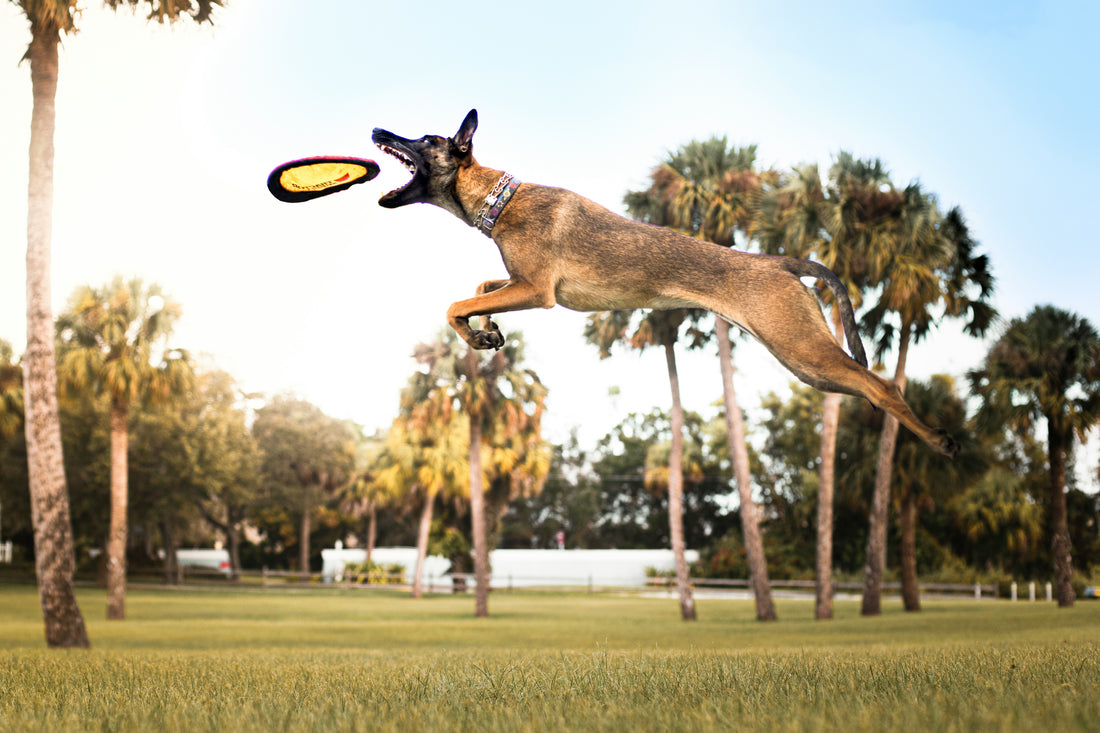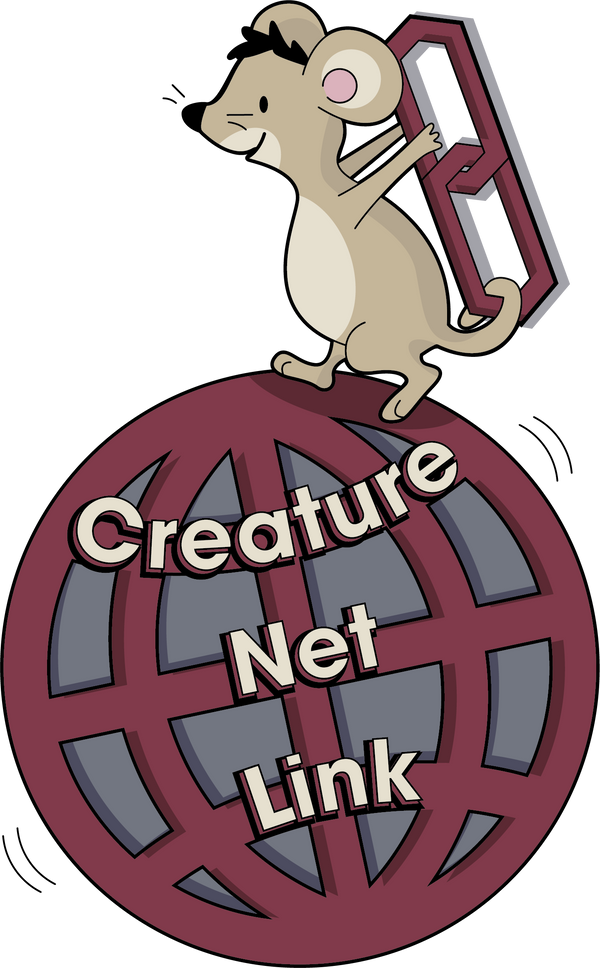
Back pain
Share
Back pain is a lot more common in our pets, that we, as dog and cat owners, are aware of.
It can be primary, or secondary to other conditions. This goes for cat and dogs alike. Older individuals and certain breeds are more often afflicted.
Symptoms:
- Reluctance or difficulty getting up (mostly dogs)
- Inability or hesitation to jump (mostly cats)
- Limping in one leg, back or front. Shifting lameness, one that changes leg.
- Avoiding touch on the back
- Skin twitches when back is palpated
- Arched back stance
- Abdominal pain
- Stiff, staggering gait
- Constipation
- Panting
- Inability to get comfortable
Back pain can be caused by arthritic changes of the spine, also known as spondylosis. This is the case with older individuals of any dog breed; large or small. At times this can also affect younger dogs, thus not to be excluded in these cases. I have seen many cross breeds affected as well, even though the greater humanity believe that muts are healthier. This is, unfortunately, not true.
Dogs with hip dysplasia develop back pain following inability to use the full range of motion of the hip joints, resulting in a waddling gait. Back pain is often the first symptom of hip dysplasia and should be investigated further, in individuals where hip problems are suspected. This is also the case in certain cat breeds where hip dysplasia is an issue.
Cats develop arthritis in the sacro-illiac joint. This condition is very common and affects older cats.

Dachshunds are notorious for having back problems. They are predisposed to slipped discs in their back and necks causing anything from pain to complete hind limb paralysis. If you have a sausage dog that starts with back pain, it is best to have it looked at as soon as possible, so that steps can be taken to try prevent neurological symptoms. Other breeds like Pekinese, Bassets and Beagles also get this condition however, this can affect any breed of dog. Even larger ones like the Doberman and the German shepherd.

Any type of working dog can, from time to time, develop back problems. Soft tissue injuries, fatigue and general muscle stiffness are common in competition and service animals.
HOME INFO
- Rest is not to be underestimated, for the healing process and for halting the progression of the condition. Cages and crates can be useful.
- Jumping is unquestionably to be avoided. Dogs need to be lifted into and out of cars and onto furniture. Ramps and steps can help to give a safer alternative.
- In colder parts of the world it is important to keep the back muscles warm. Jackets, blankets and heat packs or bean bags can be used for this.
- Once exercise has resumed, surfaces are important. Outdoors choose flat, solid ground. Thick sand and hills are to be avoided. Indoors, tiles and laminated floor are slippery and should be covered with rugs or rubber mats.
- Rubber booties can create stability on slippery floors. Some dogs will only need these during their recovery period. Others, that are chronically affected, can make use of them for the rest of their lives.
- Swimming is great for dogs with back pain. To support the back though they should be wearing a swimming vest to prevent too much back extension, this will cause further muscle spasms.
- Massage can help relieve muscle spasms. It doesn’t have to be any fancy massage technique, the idea is just to increase the blood supply to the area and get the muscles to relax. This can be done by using your thumbs. Exerting firm pressure, one that is well tolerated and move them in circular motion, away from the spinal cord, on either side, all down the length of the back. Preferably done after the muscles have been warmed up with a bean bag, or similar.
This is just an example, any rubbing, stroking movement will help.

- Valerian is a great herb for back pain. It has muscle relaxing properties and the slight sedative effect will help with resting and convalescence. It will also help if some individuals are finding the condition stressful.
- Omega 3 has good anti-inflammatory effects and will be useful in this situation.
- Devil’s claw has also been used traditionally used for osteoarthritic pain.
- A joint supplement will be useful if the pain’s origin is of arthritic origin.
- Weight is a big problem with back issues, like with any painful joint conditions. If your pet is overweight, cat or dog, a diet is very important. A few kilos less will make all the difference.
- Acupuncture works fantastically for back problems and if you have an acupuncturist close by, I strongly recommend you give it a try. You won’t be sorry.
- Lifewave patches: Ice wave, X39, Aeon
Best of luck
Dr. Sarah
